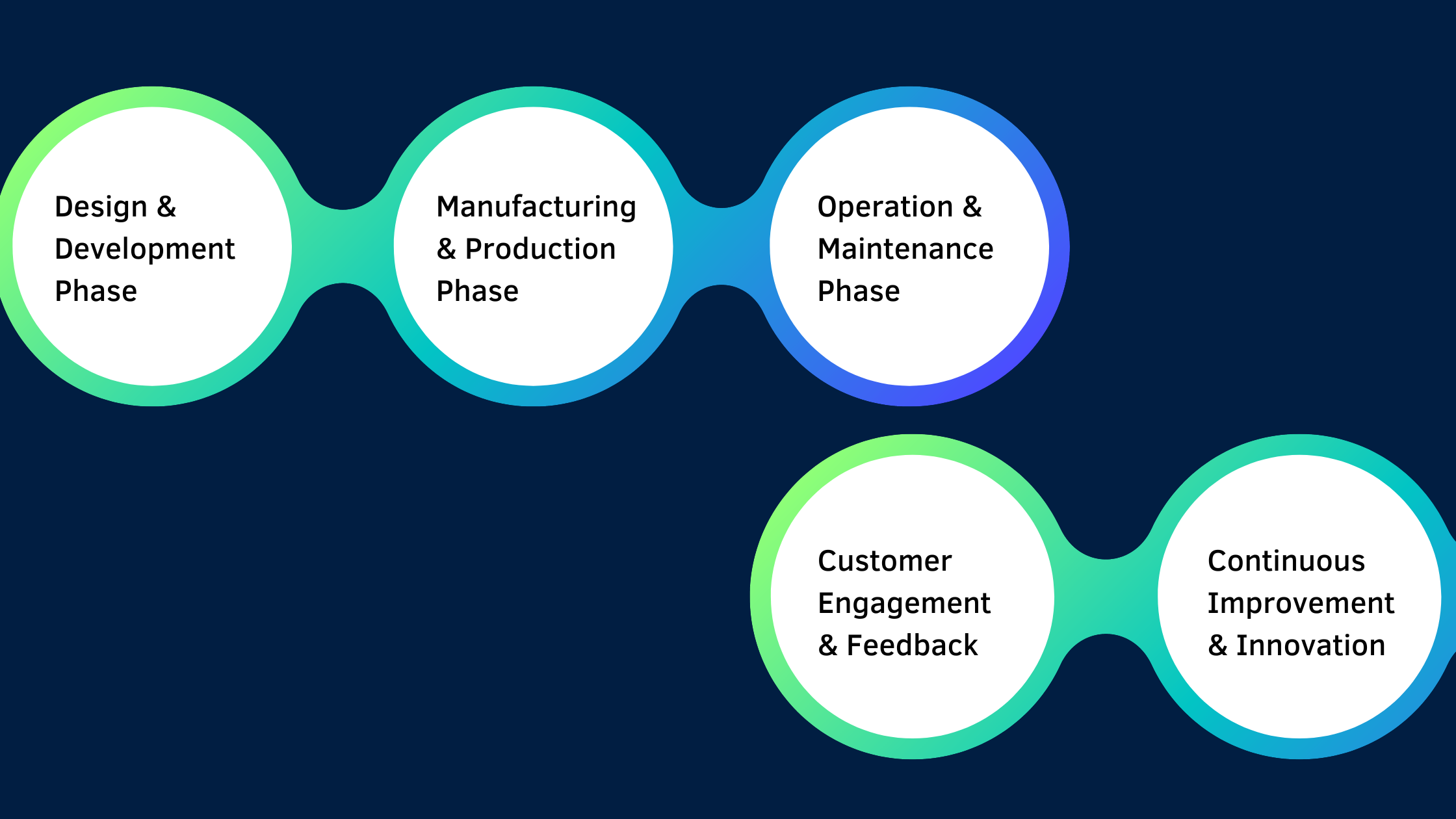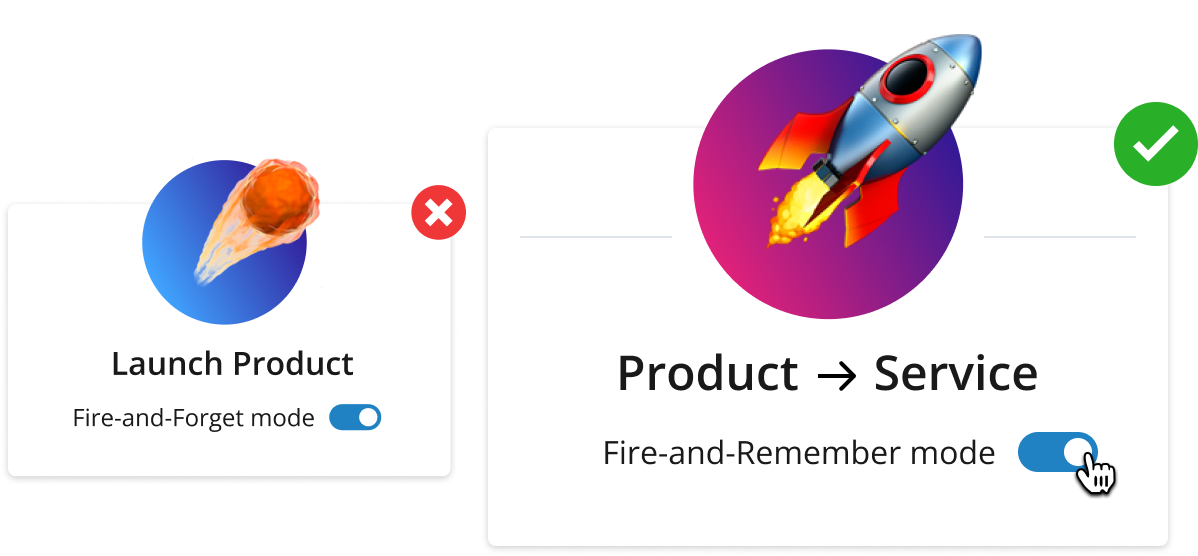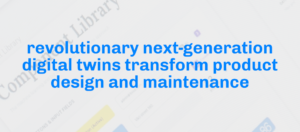In the era of digital transformation, businesses are constantly seeking innovative ways to streamline their operations and gain a competitive edge. Digital twins have emerged as a powerful tool that revolutionizes product lifecycle management (PLM). By creating virtual replicas of physical products, digital twins enable organizations to optimize every stage of a product’s life, from design and manufacturing to operation and maintenance. This blog explores how digital twins enable a seamless and efficient approach to product lifecycle management.

Design and Development Phase
Digital twins offer tremendous value during the design and development phase of a product. By creating a virtual representation of the product, engineers can simulate and test different design variations, improving accuracy and reducing the need for physical prototypes. This virtual testing environment allows for faster iterations, reducing time-to-market and enhancing product quality. With real-time feedback from the digital twin, designers can make data-driven decisions and optimize the product’s performance and functionality.
Manufacturing and Production Phase
Once the design is finalized, digital twins continue to play a crucial role in the manufacturing and production phase. By connecting the digital twin with production systems and IoT devices, manufacturers gain real-time visibility into the manufacturing process. This enables proactive monitoring, quality control, and predictive maintenance, minimizing production downtime and ensuring consistent product quality. Manufacturers can leverage the insights derived from the digital twin to optimize production efficiency, reduce waste, and enhance overall productivity.
Operation and Maintenance Phase
After the product is deployed, digital twins provide valuable insights for ongoing operation and maintenance. Real-time data collected from sensors embedded in the physical product can be fed into the digital twin, enabling continuous monitoring and performance analysis. Any anomalies or potential issues can be identified early, allowing for timely maintenance or repairs. Predictive maintenance strategies can be implemented, minimizing downtime and extending the product’s lifespan. Additionally, digital twins facilitate remote diagnostics and troubleshooting, reducing the need for on-site visits and improving customer support.
Customer Engagement and Feedback
Digital twins also foster stronger customer engagement throughout the product lifecycle. By providing customers with access to the digital twin, they gain visibility into the product’s performance and usage patterns. This transparency enables personalized customer support, tailored recommendations, and the ability to deliver targeted upgrades or enhancements. Customer feedback and preferences collected through the digital twin can inform future product iterations and drive innovation.
Continuous Improvement and Innovation
One of the most significant advantages of digital twins in product lifecycle management is the ability to gather real-time data and insights. By analyzing data generated by the digital twin, organizations can identify patterns, trends, and areas for improvement. This data-driven approach empowers organizations to make informed decisions, optimize processes, and drive innovation. Lessons learned from one product iteration can be applied to future designs, resulting in continuous improvement and the development of more advanced and efficient products.
💡 See the example of digital twins for home appliances.
💡 Expand more on the topic: the evolution from digital twins to next-generation digital twins.

Digital twins have emerged as a transformative technology, enabling organizations to revolutionize product lifecycle management. By creating virtual replicas of physical products, businesses can optimize design, manufacturing, operation, and maintenance processes. Real-time data and insights derived from digital twins empower organizations to make informed decisions, enhance product quality, improve efficiency, and deliver superior customer experiences. Embracing digital twins throughout the entire product lifecycle ensures seamless integration, continuous improvement, and the ability to stay ahead in today’s rapidly evolving market.




